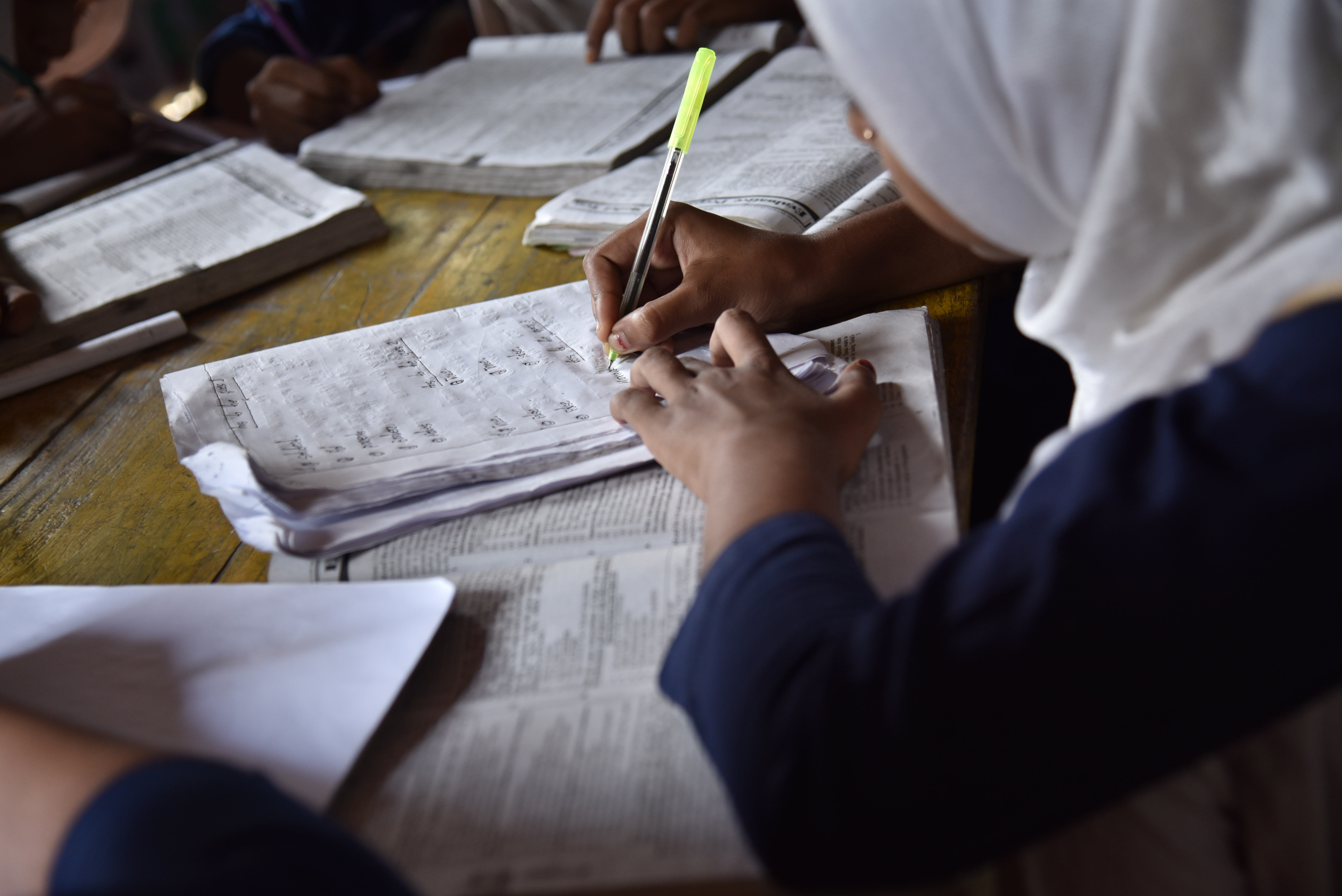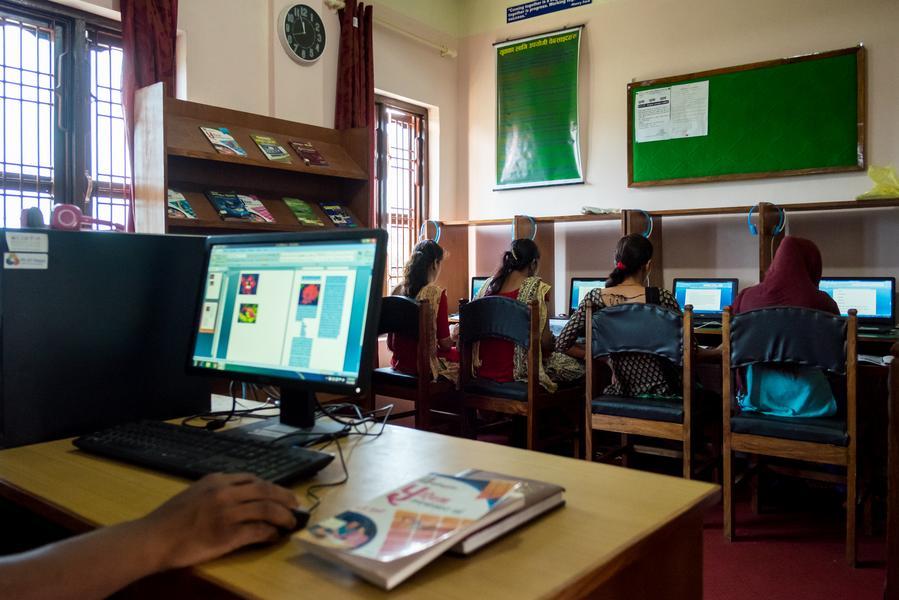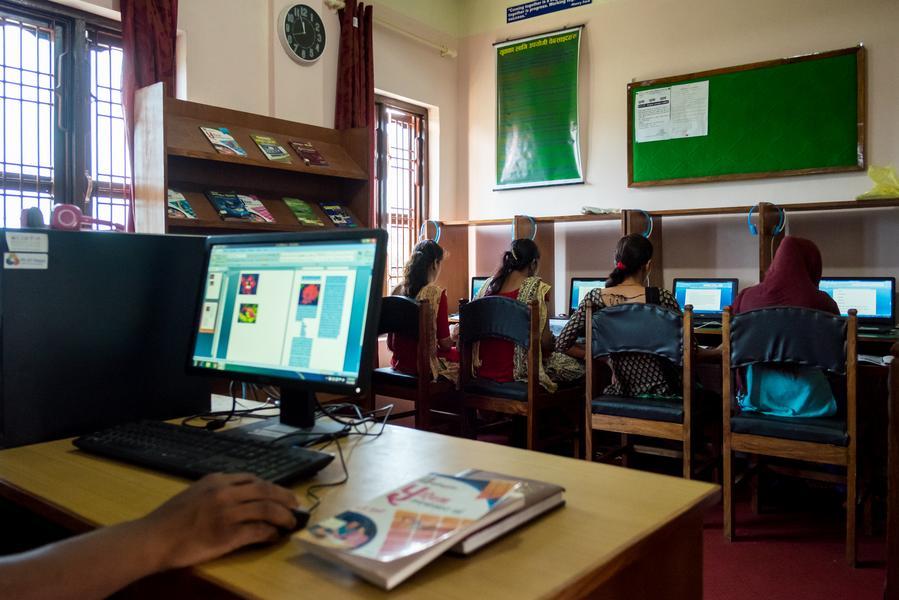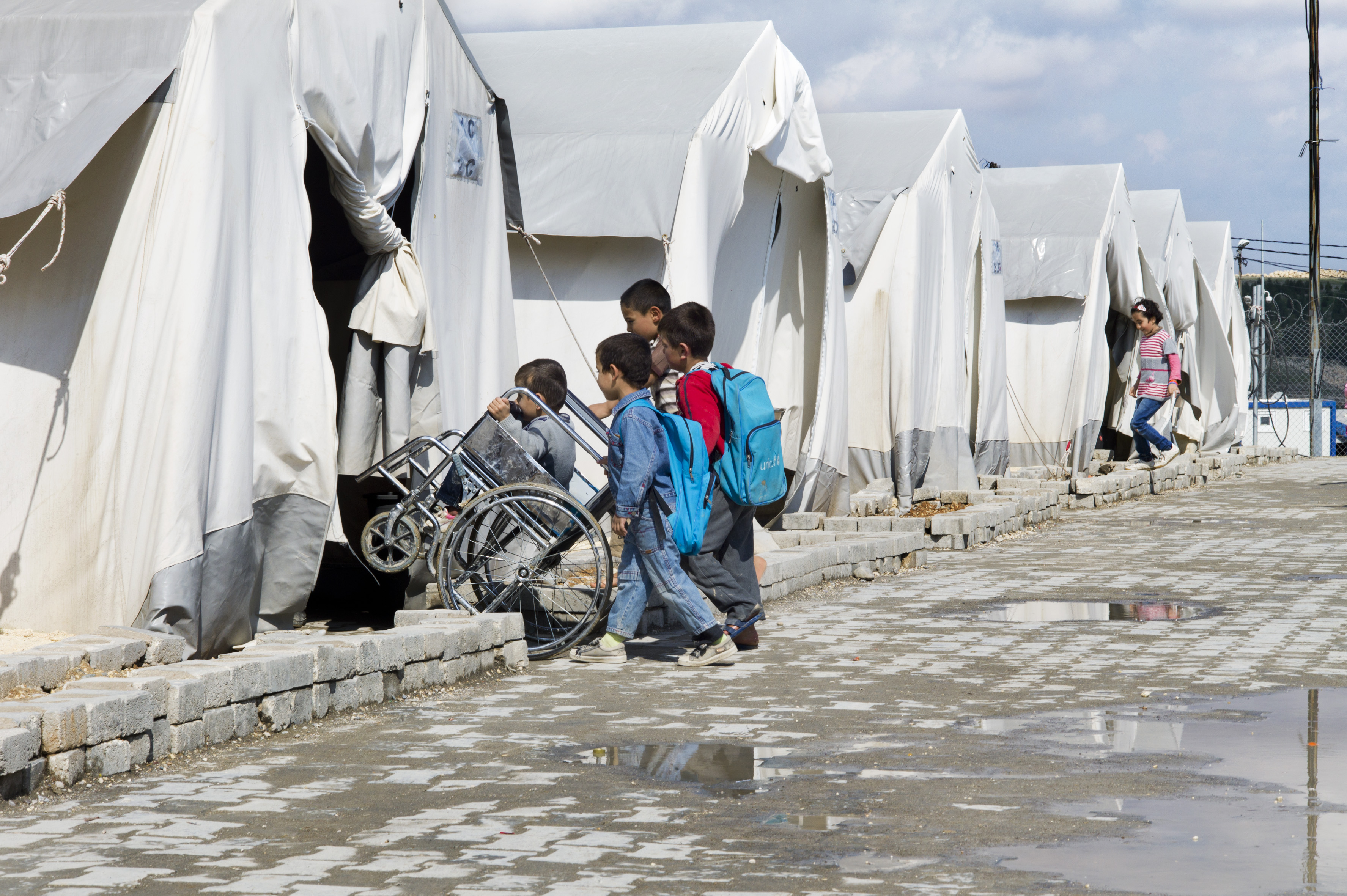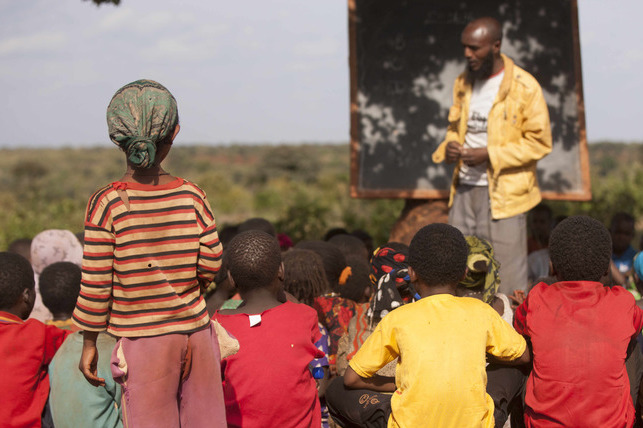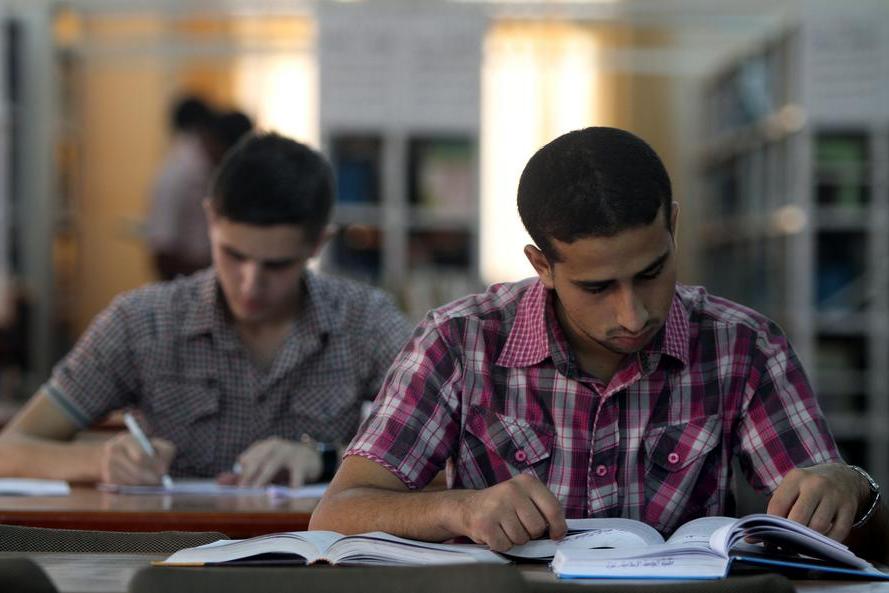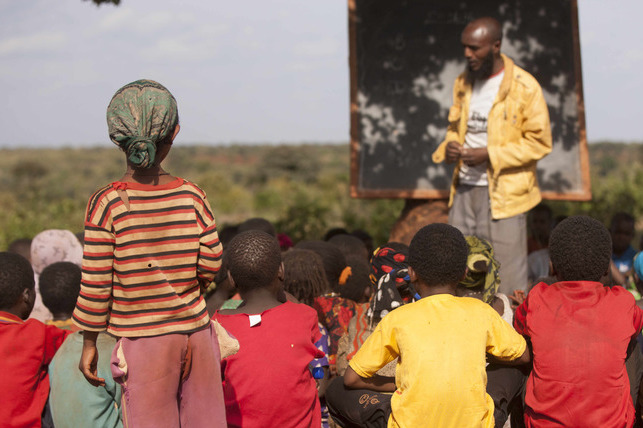Country Context:
In the Northern region of Ghana, characterized by severe environmental conditions and rampant poverty, literacy rates are alarmingly low, particularly among the population aged 11 and above. The literacy rate varies widely within the region, from 20% in the Gushiegu-Karaga district to 60% in the Tamale Metropolis. Despite efforts such as decentralization, teacher training, and school meal initiatives, approximately 600,000 primary and junior secondary school-age children remain out of school (OOSC). Accessibility remains a significant challenge, especially for marginalized populations.
Solution
The REACH initiative aims to address the educational needs of 90,000 OOSC across 22 of Ghana's poorest districts in the Northern, Upper West, and Volta regions. Its strategy involves various components, including community mobilization, establishing School for Life (SFL) committees, recruiting and training local facilitators, and enrollment campaigns. Furthermore, the project focuses on supporting the transition of SFL graduates to formal schools through assessments, bursaries, teacher training, and the provision of learning materials. Advocacy efforts target increased government support for OOSC and enhancement of primary education quality.
Impact
The REACH project has demonstrated substantial success in achieving its objectives over six years. It has surpassed vital targets, with nearly all OOSC enrolled in the CBE program and a high graduation rate. The transition to upper primary school grades has also seen remarkable success, surpassing the initial target. At the outcome level, the project has effectively increased the prioritization of education among parents and caregivers while enhancing the quality and accessibility of education, particularly in disadvantaged areas.Moreover, REACH has not only addressed the immediate educational needs of OOSC but has also contributed to broader societal changes, laying the foundation for sustainable educational improvements in Ghana's most marginalized regions.



